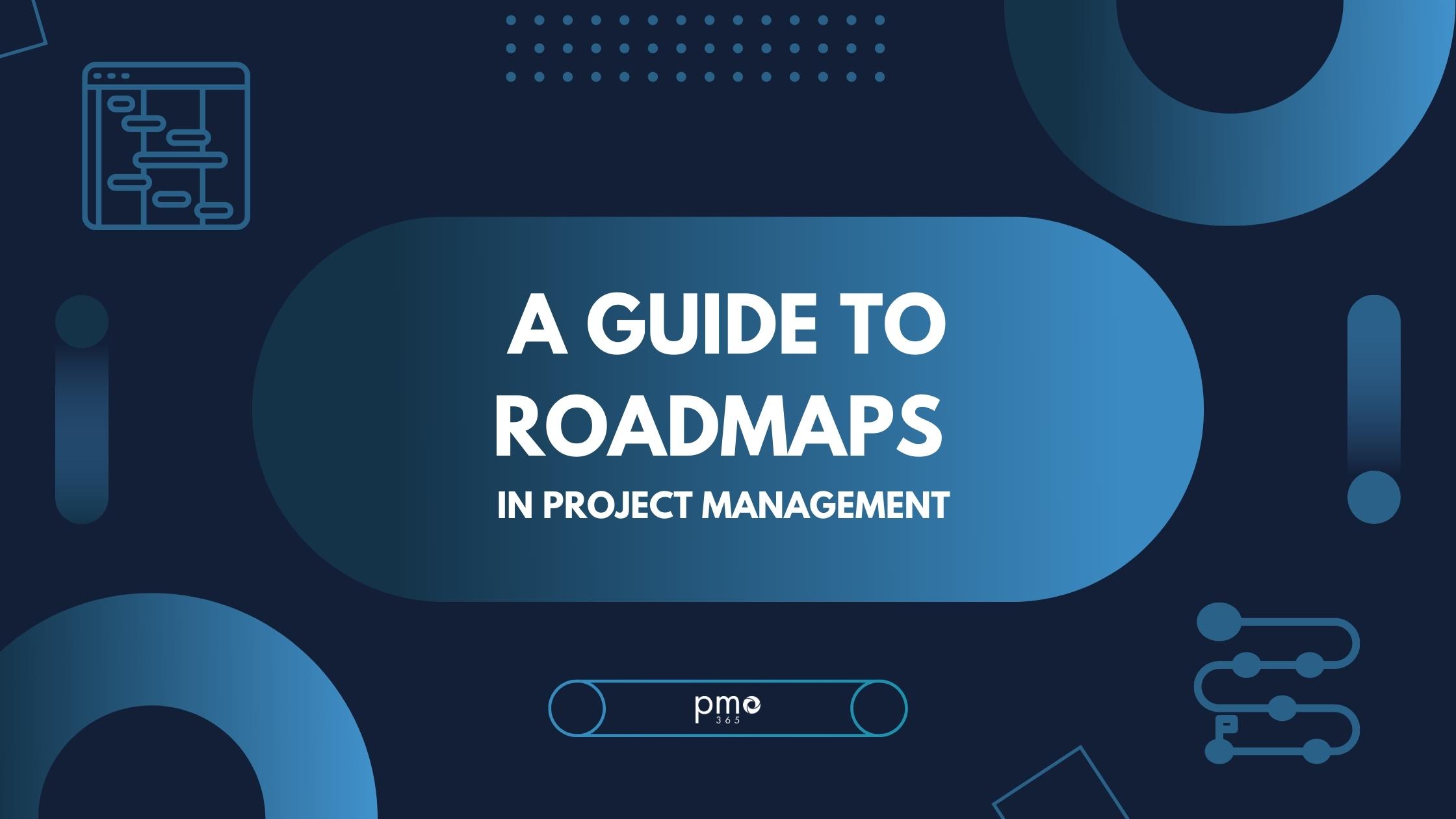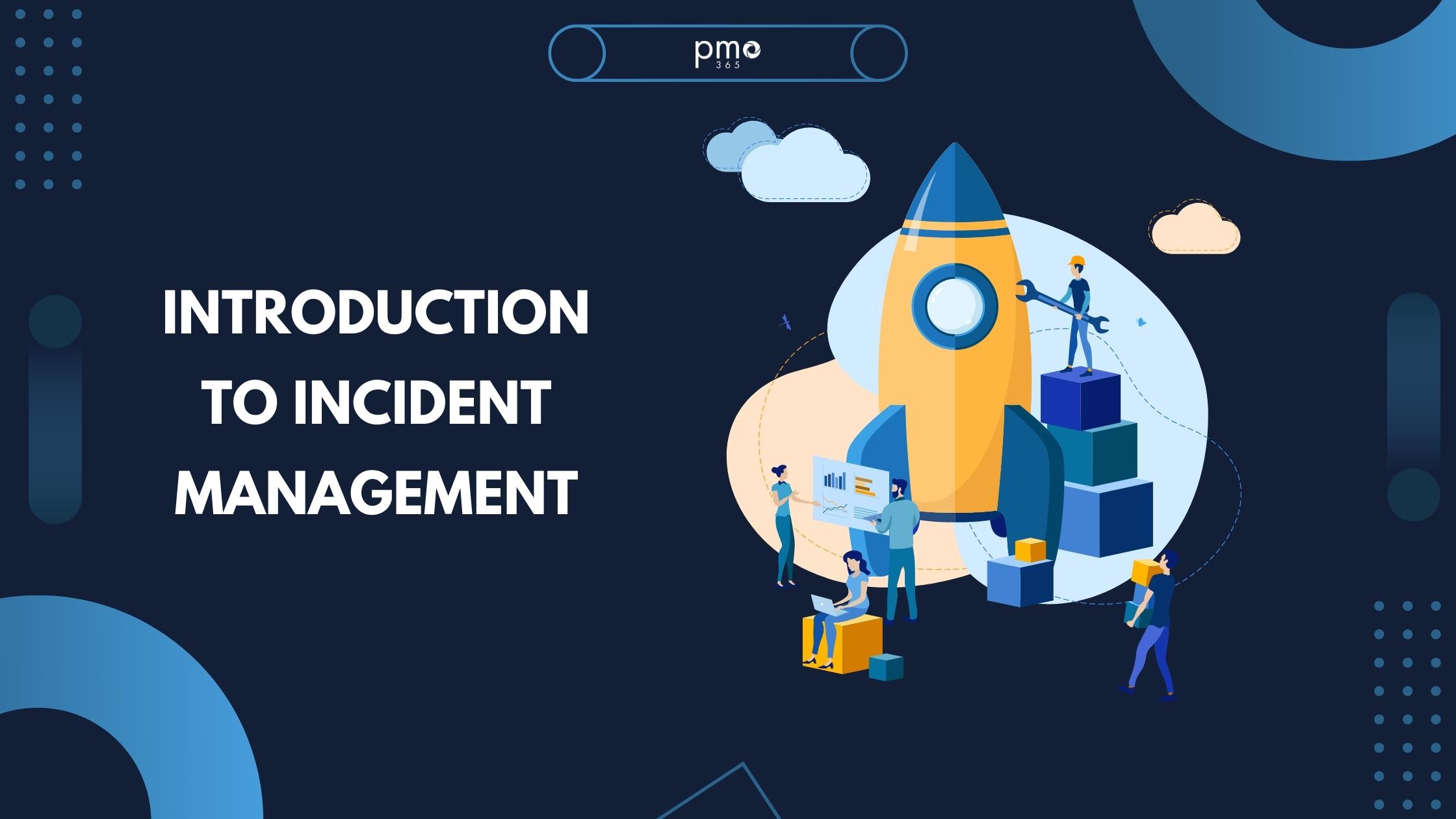We’ve all learnt over the past few years that anything can happen. So, how can we apply that experience to our approaches to project management? How do we make sure our projects are secure, and that teams make informed decisions during these increasingly uncertain times? An easy solution is risk scenario planning.
Here’s your introduction to risk scenario planning: its benefits, and you can use it to address your project management needs.
What is Risk Scenario Planning?
Risk scenario planning, also called portfolio modelling, looks at what scenarios could happen and how teams can prepare for those scenarios. It evaluates several critical elements that can influence or trigger a potential scenario outcome. Those elements include social, technological, economic, political, and environmental considerations.
To conduct risk scenario planning, your team should conduct a series of analyses of your projects and organisational processes. Then, you can suggest the uncertainties or scenarios a project or organisation could face. Finally, identify the available courses of action which your team can use, if one of the potential scenarios eventuates. These courses of action should mitigate the potential negative impacts of the scenario you have identified.
Risk scenario planning is a valuable risk management tool, which can be applied to various areas of an organisation, including assets, products, projects, and portfolios. The risk scenario planning process typically requires using historic data to calculate and generate various options for your projects and portfolio. Then, you can consider how to define the various implications of the chosen option on the overall organisation.
Benefits of Risk Scenario Planning
Scenario planning is a highly valuable tool for any organisation for various reasons. These are some of its key benefits.
Prepare teams for potential future risks
Risk scenario planning starts with first identifying potential situations or assumptions that could have a lasting impact on the project or organisation. Once your team constructs a scenario, they can analyse and identify the various impacts or consequences of such a scenario occurring. This allows them to identify potential risk areas within their projects, or organisational structure.
Gives organisations greater agility during uncertainty
You can view risk scenario planning as multilevel contingency planning. By mapping out different scenarios, their outcomes, and mitigation action plans, teams can quickly respond to changes. During times of uncertainty, organisations can waste precious time and resources if they fail to prepare themselves, and make the necessary actions to adapt to the new situation.
Supports informed decision making
It’s never ideal when teams make important decisions without understanding the consequences and alternative options. Risk scenario planning gives teams access to valuable and accurate information, and a ‘game plan’ for when predicted risks actualise. This allows teams to help make better decisions that benefit the project and the organisation as a whole.
Improves project predictability and performance
Scenario planning is based on reliable and continuous data. It encourages frequent checks on assumptions, processes, and overall project progress to produce accurate estimations. As teams learn more about their projects, they are more likely to improve project predictability. As predictability improves, identifying appropriate actions which are successful increases. This ultimately can have the extended effect of improving project performance over the long term.
Identifies potential risk themes or pain points in the organisation
If teams are frequently running into the same risks or consequences after running various scenarios, the problem likely stems from internal practices or structures. The risk scenario plan can assist teams in identifying potential areas that are vulnerable or ineffective. Such action is likely to improve overarching project and organisational success, and individual project health. It also ensures that teams select appropriate actions to solve or mitigate risks, not ineffective internal processes.
The Process of Risk Scenario Planning
Building a realistic risk scenario plan takes time, patience and consistency. Project managers who actively revisit their risk scenario plans to increase the likelihood of their plans’ success. Use changing organisational, industry, or economic circumstances to further develop and refine your risk scenario plan, so it is as feasible as possible.
As an inherently flexible and adaptable process, there are no ‘textbook’ guidelines for conducting your scenario planning activities. However, there are some common steps teams often take within their scenario planning process.
Step 1: Define the core issues the organisation is facing
Before you commence building scenarios, it’s best to identify why you are building a scenario plan in the first place. Clearly defining the critical issues of an organisation ensures that the risk scenario planning is aligned with achieving specific strategic objectives for the organisation.
In our increasingly competitive industry, organisations should consider underlying organisational principles, market competition, and project complexity. When an organisation considers these factors, they position themselves to select appropriate leadership and better track global environments. When teams understand these factors, they can improve the accuracy of the risk scenario plan, and identify what drivers can trigger certain consequences.
Step 2: Identify and prioritise the key drivers of specific outcomes
Once a team identifies areas that need improvement, teams can identify the different drivers that can positively or negatively influence the outcome of the scenario. These drivers can have many different characteristics, but we can generally categorise them by the following:
- Internal drivers: Factors or drivers that the organisation can control. This can include internal policies and structure.
- External drivers: Factors or drivers that are outside the control of the organisation. These factors could be new government regulations, or a competitor’s strategy.
- Local drivers: Factors that are contingent on a geographic region of an organisation, but have a significant impact on the organisation. This generally is related to recruitment and employee availability.
- Global drivers: Factors that will influence the organisation but are not geographically bound. Examples of this drive include a global economic downturn, or new technological advancements.
- Inevitable drivers: Factors that have a high degree of certainty regardless of how the scenarios are adapted, such as population growth.
- Critical uncertainties: Factors that have no clear level of probability, and are often closely related to inevitable drivers.
Once teams identify all the influencing drivers, teams should rank these drivers in terms of their importance to the scenario and the likelihood of them occurring.
Step 3: Create the risk scenario planning scenarios
The core activity is to develop a narrative that explains how the different influencing drivers identified in the previous step may interact and impact one another. The key task of the scenario writer is to clearly describe and communicate the ‘possible future’ succinctly. Here are some general guidelines when creating your scenarios:
- Make sure the scenario is both challenging, but plausible and realistic.
- Explore different scenarios and go beyond the typical route of simply developing three – best, worst and most likely scenarios. However, remembering too many scenarios can be challenging to monitor and may render the process redundant.
- Makes sure your scenarios clearly outline pre-existing assumptions, risks, and threats.
- You should develop more scenarios as you get more information. However, make sure to remember the previous tip and do not overload on scenarios.
Step 4: Identify the interrelations between scenarios
Once teams develop scenarios, they should review the original issues and objectives identified in step one. From there, they can evaluate how effectively those issues are addressed through each scenario. At this point, it is valuable to analyse the interconnections and relations between various scenarios that may not have been apparent. You can add new issues or drivers to ensure the scenarios are as detailed and accurate as possible.
Step 5: Select the right scenario indicators to monitor
Much like contingency plans, the benefit of building out multiple scenarios only occurs if you know when to implement them. By identifying specific scenario indicators or triggers, teams will be alerted when the scenario starts to unfold. Teams can then easily monitor or track these indicators to make sure they can respond as quickly and promptly as possible.
Step 6: Actioning the strategic plans
When a driver triggers a scenario indicator, teams and key decision-makers can start enacting the risk scenario plan. This includes decision-makers identifying and executing projects or other business initiatives outlined in the plan.
Challenges of Risk Scenario Planning
Here are some key challenges teams may face when building their scenario plans.
Creating scenario plans that are not challenging enough
This does not mean that every scenario has to be challenging. However, people often make the mistake of building scenarios that build off pre-existing positions or perceptions. This means they fail to encourage the deep thinking and brainstorming that leads to realistic scenario construction. As you begin your risk scenario planning, ensure you develop scenarios with clearly defined criteria and standards.
Keep the team focused and alert
Teams can easily fall into a false sense of security when their projects and portfolios are ploughing through their roadmaps and hitting every milestone. It is during this ‘high’ that teams may forget the importance of preparing and updating scenarios. But things can change quickly and suddenly. An easy way for teams to keep on top of these risk scenario plans is to involve senior decision-makers. Senior decision-makers should actively monitor and engage the necessary stakeholders throughout the process. Therefore, they are critical for teams to prevent any potential information gaps or hiccups when changes arise.
Maintaining data accuracy, consistency and quality
Effective scenario planning is dependent on extensive data collection. It’s ideal for your team to gather data that concerns the industrial, technical, political, and economic spheres of the organisation. Being able to effectively collect, manage, and monitor all this data can be a challenge without the proper tools. When a team uses a cloud-based integrative solution, they can access real-time data from different platforms. It also ensures strong practices are in place to keep data consistently monitored. For more direction on maintaining an accurate and consistent data trove, check out this Forbes Article on strategies for collecting high-quality data.
How pmo365 can help take your Risk Scenario Planning activities to the next level
Scenario planning involves a lot of data and a lot of calculations. Rather than manually calculating the various impacts and statistics for every scenario, why not have a smart tool that does it all for you? Lucky for you, that is exactly what pmo365 provides!
With the help of our portfolio analysis tool, our solution can automatically calculate different scenario outcomes and impacts on the spot. With its extensive integrative capabilities, pmo365’s solution acts as your organisation’s single source of truth and consolidates all your project management data onto a single platform that can supply your scenario planning activities with more accurate data.
If you want to see it all in action, make sure to book a free trial with our PPM experts today!













